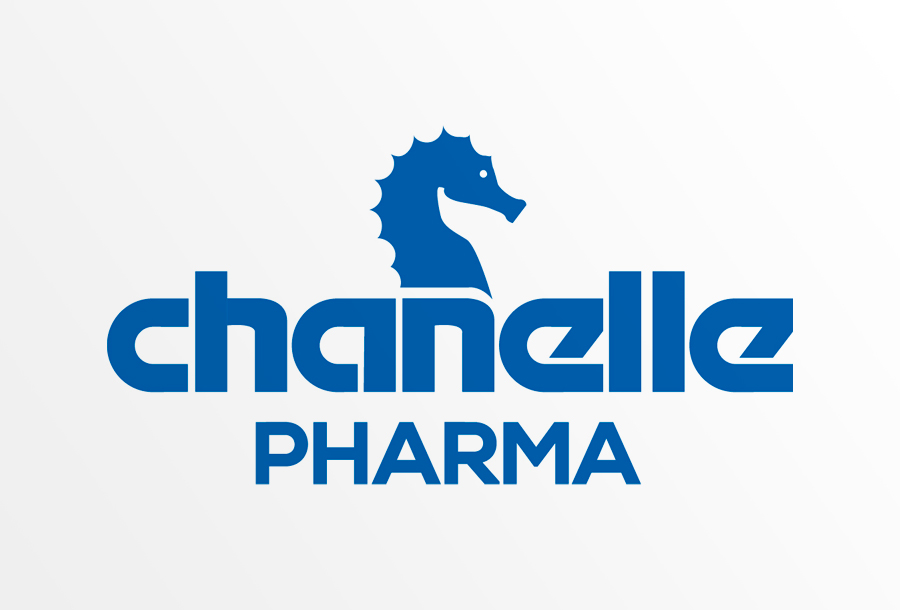Getting winter milking herds in good condition ahead of breeding
With November quickly slipping through our fingers, we will not feel it until the breeding season begins, meaning farmers should be focusing on getting their cows in good condition post-calving.
The autumn calving herd should be calving down from October to early November in order to get the best out of their liquid milk contract.
To achieve a calving start date of October 1, farmers should begin breeding on December 20, based on the average gestation length of 285 days.
Breeding programmes will be aiming to improve milk solids while also improving on fertility traits, such as calving interval and a six-week calving rate.
However, none of this is achievable if the cows are unable to go in calf due to a poor body condition score (BCS), or if a number of them are not cycling.
Breeding
Monitoring the BCS of your autumn calving herd is essential at this time of the year, as you cannot afford to have cows losing condition this close to breeding.
Cows that have a low BCS will have a lower level of fertility and will find it harder to go in calf, and so any cows that are under condition need to be identified.
Cows with a BCS below 2.75 need to be monitored closely, and have their diets adjusted through high quality silage and concentrates to increase their condition.
Ideally, you want cows going to the bull or getting artificially inseminated (AI'ed) with a BCS of 3, to maximise their chances of going in-calf.
For maiden heifers, once they are in good condition and on their target weight (60% of mature body weight), there should be no issue with them going in calf.
Over the coming fortnight, farmers should also be beginning pre-breeding checks to make sure the cows are cycling.
Any cows which are not cycling should be drafted out, monitored and checked by a vet, as they may have picked up an infection or a cyst during or after calving that might need treatment.
The vet can carry out a metric check, which is an examination of vaginal discharge to see if the cow has endometritis.
In such cases, early identification is key as the cow can be treated with metricure or whatever the vet recommends to get her back cycling in time for breeding.





